Dynamic Mesh For Wavy Foil CFD Simulation, ANSYS Fluent Training
Dynamic Mesh For Wavy Foil CFD Simulation, ANSYS Fluent Training
- Upon ordering this product, you will be provided with a geometry file, a mesh file, and an in-depth Training Video that offers a step-by-step training on the simulation process.
- For any more inquiries regarding the product, please do not hesitate to reach out to us at info@CFDLAND.com or through our online support assistant.
€235.00 Original price was: €235.00.€155.00Current price is: €155.00.
Dynamic mesh technology helps engineers see how water flows around moving objects like fish fins or swimming robots! First of all, wavy foil simulations show the amazing patterns that happen when flexible materials move through water, just like real fish do in nature. Additionally, these CFD simulations help us understand the special vortex shedding patterns that create both lift and forward push in fish swimming. Furthermore, computational fluid dynamics with mesh deformation helps validate theories about how fish save energy by creating special water movements. The study of hydrodynamics using these advanced models bridges the gap between nature’s perfect designs and human-made swimming machines! This method, based on the reference paper titled ” Characteristics of flow over traveling wavy foils in a side-by-side arrangement,” is a powerful way to examine the complicated flow patterns linked to swimming in waves. The dynamic mesh method gives a more accurate picture of how the fluid interacts with the structure.
- Reference [1]: Dong, Gen-Jin, and Xi-Yun Lu. “Characteristics of flow over traveling wavy foils in a side-by-side arrangement.” Physics of fluids5 (2007).
Figure 1: Schematic of the current configuration, adopted from reference paper
Simulation Process
After designing the wavy foil geometry, it was discretized into 36356 cells, with a focus on the nearest regions to the foil, using ANSYS Meshing. The wavy foil stands for the fish body placed in water. As the project`s title suggests, the utilization of Dynamic Mesh method is inevitable to model wavy motion of the rigid body. This wavy motion requires a well-written User-defined Function (UDF). Interestingly, only the Smoothing technique could handle the element’s deformation, showcasing lower computational cost.
Figure 2: Grid generation around wavy foil (Dynamic Mesh)
Post-processing
The dynamic mesh shows how water moves around a special wavy foil that works like a fish swimming! First of all, the pressure changes a lot around the foil, going from -207 Pa to 630 Pa, which creates the push that moves the fish forward. Additionally, where the pressure drops suddenly near the back edge, little spinning water circles (called vortices) form that help push the fish along. Most importantly, the fluid flow pattern matches exactly what happens around real swimming fish, proving our computer model works right! Furthermore, the mesh deformation worked perfectly with 36,356 tiny calculation points to track every tiny change in water movement. The way water moves differently above and below the foil creates lift force, just like airplane wings but underwater!
Figure 3: Pressure distribution around wavy foil
The wavy motion creates areas where water speeds up to 2.1 meters per second (about as fast as a person walking quickly)! First of all, this speed change happens mostly near the back of the foil, showing how fish tails create the most pushing power. Additionally, the water behind the foil makes a zigzag path called a wake pattern that stores energy from the swimming motion. Most importantly, this CFD simulation shows that the special bendy movements of the foil transfer maximum energy to the surrounding water with minimum effort! Furthermore, we can see a thin layer of slow-moving water sticking to the foil surface (called a boundary layer), which affects how easily the fish can move through water. The fish swimming model created here helps engineers design better underwater robots and vehicles that use less power to move through water!
Figure 4: Velocity magnitude distribution showing flow patterns around wavy foil
We pride ourselves on presenting unique products at CFDLAND. We stand out for our scientific rigor and validity. Our products are not based on guesswork or theoretical assumptions like many others. Instead, most of our products are validated using experimental or numerical data from valued scientific journals. Even if direct validation isn’t possible, we build our models and assumptions on the latest research, typically using reference articles to approximate reality.
Yes, we’ll be here . If you have trouble loading files, having technical problems, or have any questions about how to use our products, our technical support team is here to help.
You can load geometry and mesh files, as well as case and data files, using any version of ANSYS Fluent.
€280.00 Original price was: €280.00.€199.00Current price is: €199.00.

€150.00 Original price was: €150.00.€115.00Current price is: €115.00.

€160.00 Original price was: €160.00.€135.00Current price is: €135.00.

€140.00 Original price was: €140.00.€125.00Current price is: €125.00.

€280.00 Original price was: €280.00.€145.00Current price is: €145.00.








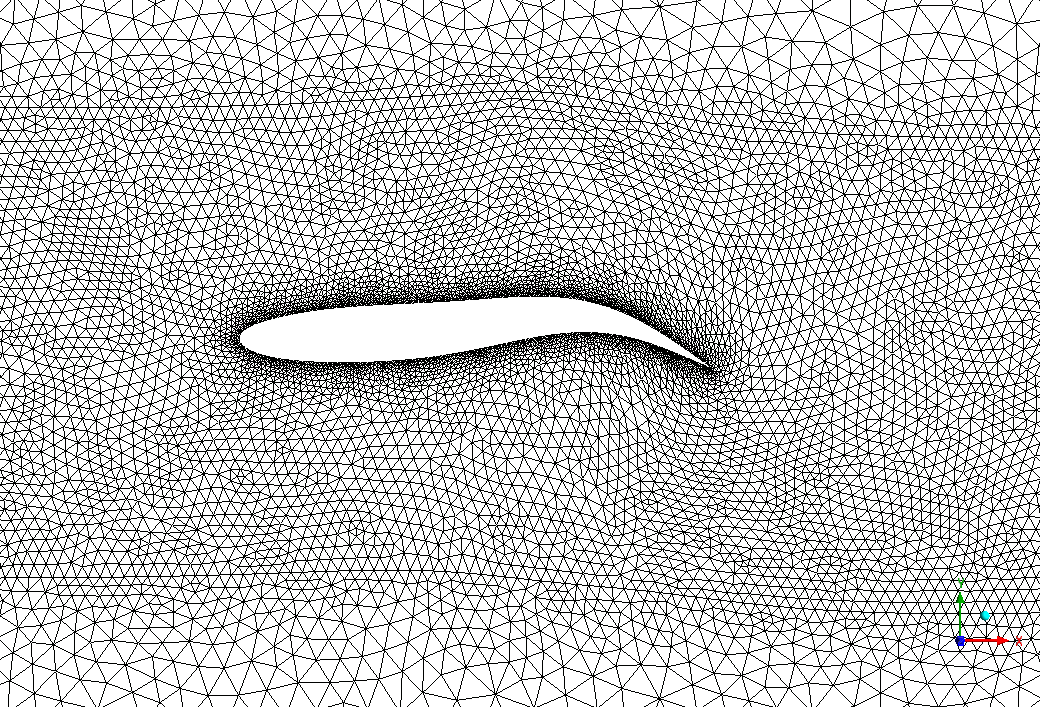



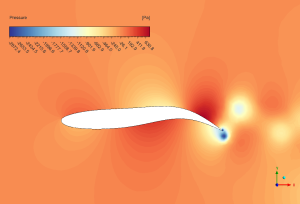
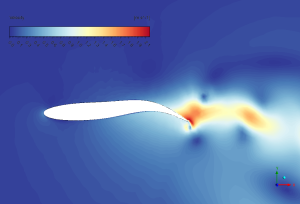






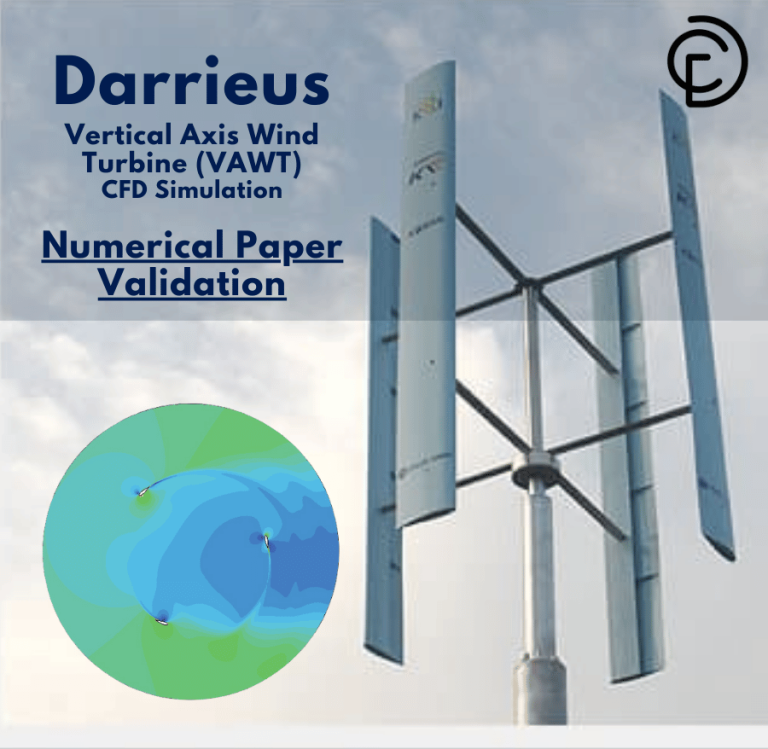

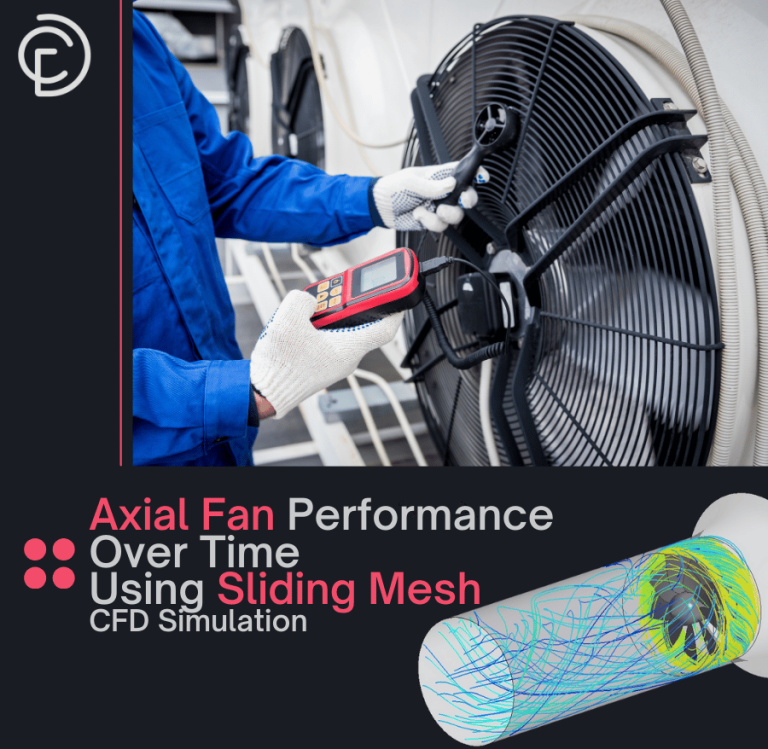
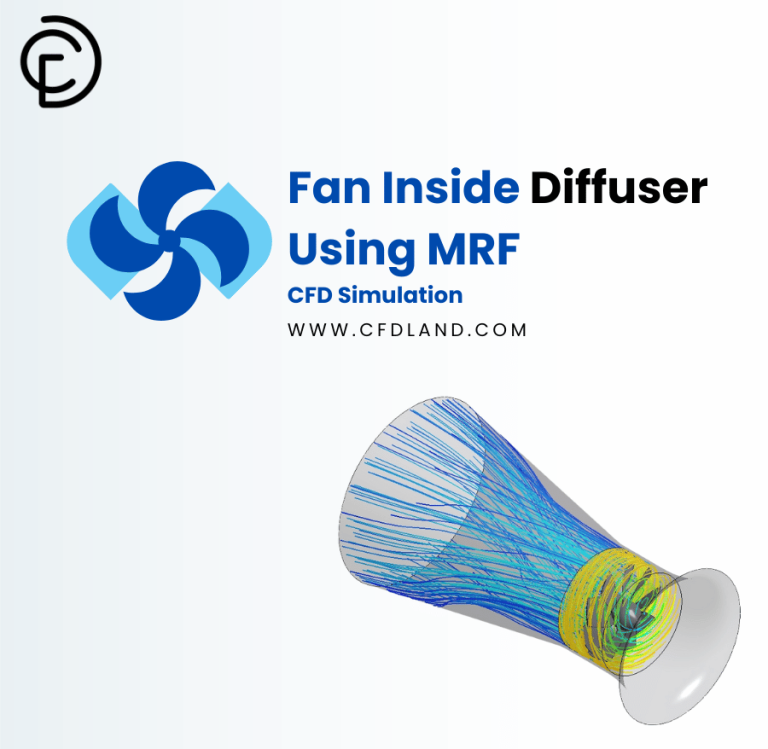

Reviews
There are no reviews yet.